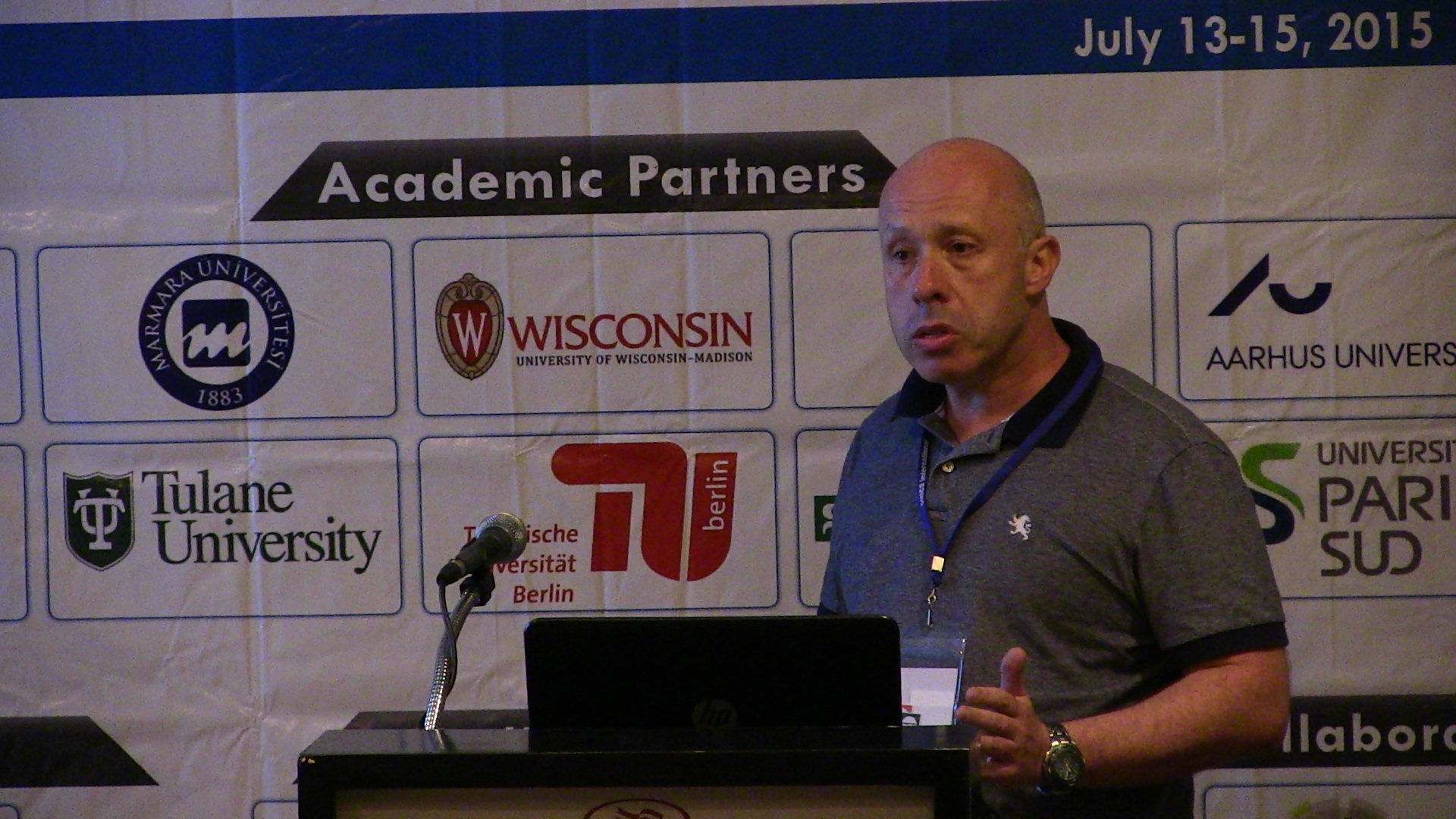
Eduard Rogatsky
Albert Einstein College of Medicine, USA
Title: Aspects of Electrospray Ionization of 25 Hydroxy Vitamin D
Biography
Biography: Eduard Rogatsky
Abstract
Vitamin D deficiency is a widespread clinical problem and has been associated with many adverse health outcomes. Analysis of Vitamin D2 (ergocalciferol) and D3 (cholecalciferol) and their major metabolites 25(OH)D2 and 25(OH)D3 has become a high priority topic in clinical analysis. Currently a variety of LC/MS methods have been developed to support vitamin D analysis. These LC/MS methods utilize different transitions, ionization modes, sample preparation strategies, mobile phases and columns. In LC/MS analysis of 25 OH Vitamin D, dehydration (water loss) is the major side reaction. Comparing acetonitrile to methanol, which are typically used as mobile phases for LC separation, acetonitrile does not support hydrogen bond formation; therefore, proton-induced water elimination in-source becomes a major side-reaction, especially given the low pH of the mobile phase and positive mode electrospray and APCI ionization. MeOH, in contrast, supports hydrogen bond formation with the 25(OH)D2 and 25(OH)D3 hydroxyl groups. This efficiently “shields” most of hydroxyl groups by hydrogen bonding, and protects against protonation and resultant water elimination. We found that quantitation of the 25(OH)D from its [M+H]+, “intact” precursor ion, is temperature invariant. In contrast, quantitation using the in-source dehydrated precursor (parent) ion, leads to increased sensitivity with a rise in temperature, due to its better ionization efficiency at higher temperatures. Since actual temperature of droplets can vary with mass spectrometer hardware, flow rate, and mobile phase composition, fluctuations of these factors may contribute additional variability to the assay.
Speaker Presentations
Speaker PPTs Click Here






